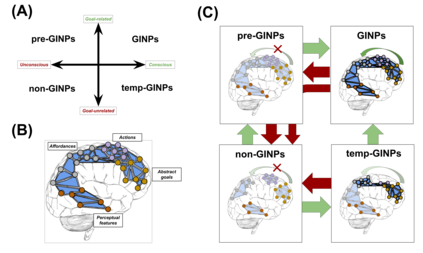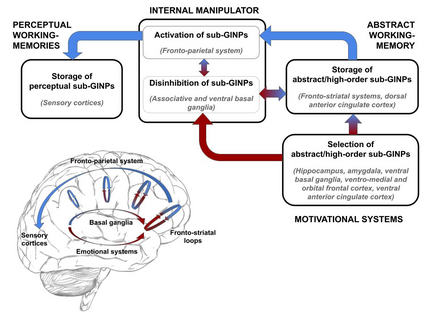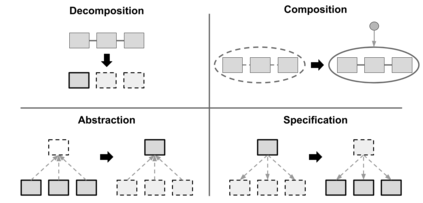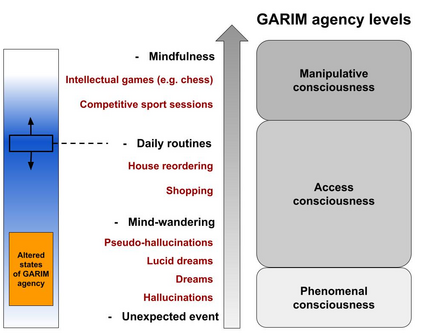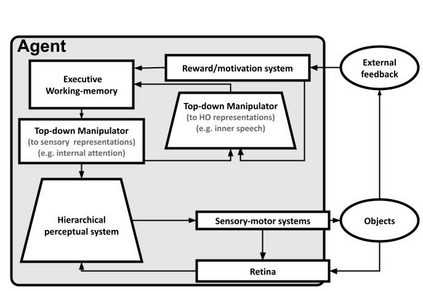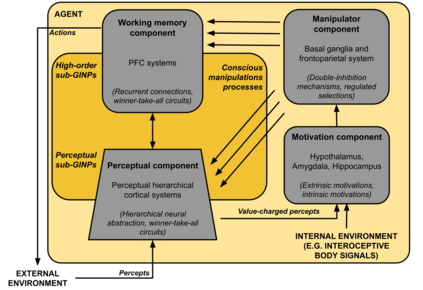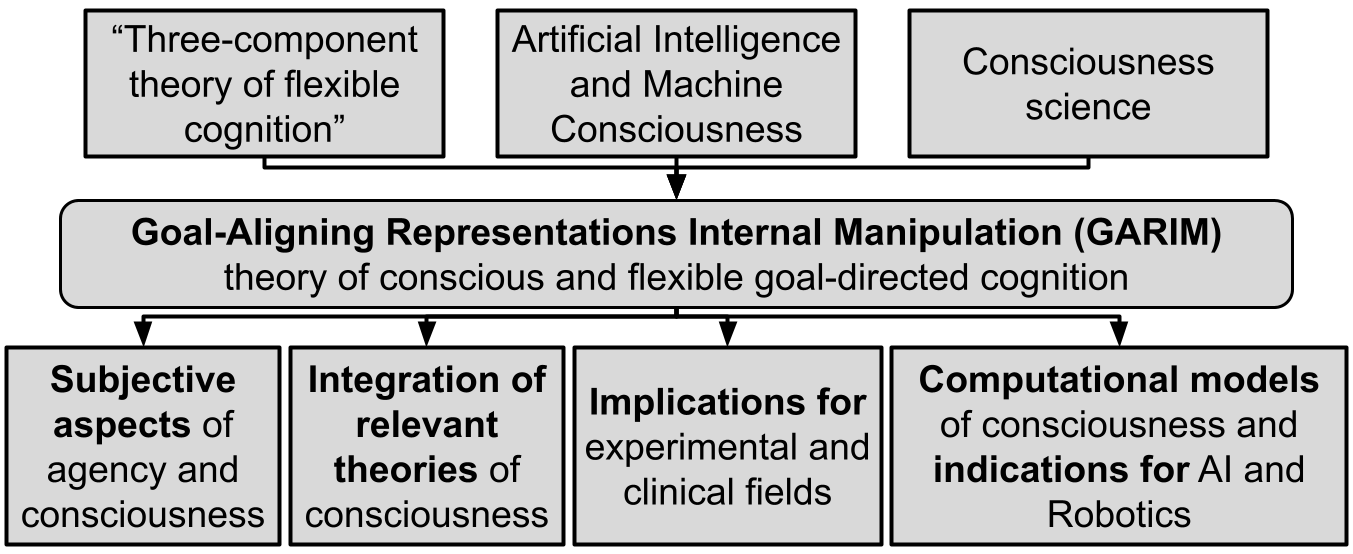Goal-directed manipulation of representations is a key element of human flexible behaviour, while consciousness is often related to several aspects of higher-order cognition and human flexibility. Currently these two phenomena are only partially integrated (e.g., see Neurorepresentationalism) and this (a) limits our understanding of neuro-computational processes that lead conscious states to produce flexible goal-directed behaviours, (b) prevents a computational formalisation of conscious goal-directed manipulations of representations occurring in the brain, and (c) inhibits the exploitation of this knowledge for modelling and technological purposes. Addressing these issues, here we extend our `three-component theory of flexible cognition' by proposing the `Goal-Aligning Representations Internal Manipulation' (GARIM) theory of conscious and flexible goal-directed cognition. The central idea of the theory is that conscious states support the active manipulation of goal-relevant internal representations (e.g., of world states, objects, and action sequences) to make them more aligned with the pursued goals. This leads to the generation of the knowledge which is necessary to face novel situations/goals, thus increasing the flexibility of goal-directed behaviours. The GARIM theory integrates key aspects of the main theories of consciousness into the functional neuro-computational framework of goal-directed behaviour. Moreover, it takes into account the subjective sensation of agency that accompanies conscious goal-directed processes (`GARIM agency'). The proposal has also implications for experimental studies on consciousness and clinical aspects of conscious goal-directed behaviour. Finally, the GARIM theory benefit technological fields such as autonomous robotics and machine learning (e.g., the manipulation process may describe the operations performed by systems based on transformers).
翻译:暂无翻译


